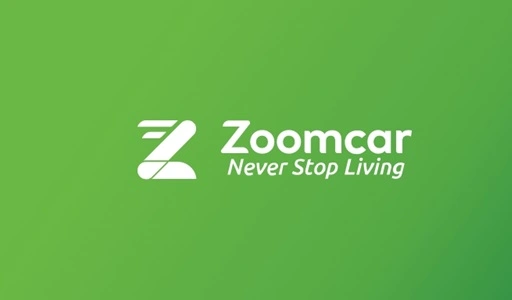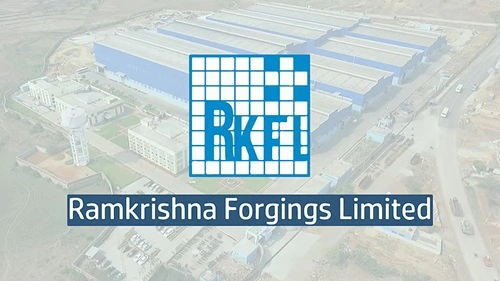Zoomcar, founded in 2013 by Greg Moran and David Back, is India’s first self-drive car rental platform. The platform disrupted the traditional car rental market by offering users the convenience of renting cars for personal use without chauffeurs. With operations spanning across multiple cities in India and plans to expand internationally, Zoomcar provides a variety of cars for different needs, from hatchbacks to SUVs, catering to both leisure and business travelers. This article explores Zoomcar’s business model and examines how the company generates revenue.
Overview of Zoomcar’s Business Model

Zoomcar operates on a marketplace model, functioning as a platform that connects car owners with renters. Initially starting with a fleet-based model where it owned cars, Zoomcar has transitioned to an asset-light model through its vehicle-sharing program called Zoomcar Host. The platform combines technology, convenience, and affordability to create a seamless experience for users.
Key features of the business model include:
- Self-Drive Rentals: Users can rent cars on an hourly, daily, or monthly basis.
- P2P Car Sharing: Vehicle owners can list their cars on Zoomcar and earn money by renting them out.
- Tech-Driven Solutions: The app provides features like keyless entry, real-time vehicle tracking, and maintenance alerts.
- Flexible Pricing: Offers dynamic pricing based on demand, vehicle type, and rental duration.
Revenue Streams
Zoomcar earns money through various revenue channels, leveraging both its self-drive car rental service and its peer-to-peer (P2P) car-sharing model.
a) Self-Drive Car Rentals
The core revenue source for Zoomcar is its self-drive car rental service. Users book cars via the Zoomcar app or website, choosing from a wide range of vehicles based on their needs.
Revenue Model:
- Rental fees are calculated based on the type of vehicle, duration of rental, and kilometers driven.
- Dynamic pricing is applied during peak seasons, weekends, and holidays, leading to higher earnings.
b) Peer-to-Peer Car Sharing (Zoomcar Host Program)
Zoomcar allows car owners to list their vehicles on the platform through its Zoomcar Host program. Owners earn passive income by renting out their cars, while Zoomcar takes a commission on each booking.
Revenue Model:
- Zoomcar charges a commission ranging from 20% to 30% of the rental fee.
- This model reduces operational costs for Zoomcar, as it eliminates the need to maintain its own fleet.
c) Subscription Services
Zoomcar offers long-term car rental subscriptions for customers who need vehicles for extended periods, typically ranging from one month to a year. This option caters to individuals and businesses looking for flexible mobility solutions.
Revenue Model:
- Monthly subscription fees based on the car model and duration.
- No upfront purchase or maintenance costs for the subscriber, making it an attractive option.
d) Insurance and Maintenance Packages
Zoomcar provides additional services like insurance coverage and maintenance packages for renters and car owners in the Host program.
Revenue Model:
- A portion of the revenue is earned through service fees for these add-ons.
- Optional add-ons like roadside assistance and vehicle maintenance are charged separately.
e) Late Fees and Penalties
Zoomcar enforces strict policies for vehicle usage and returns, charging users for:
- Late returns beyond the booking period.
- Violation of terms, such as exceeding speed limits or unauthorized vehicle use.
Revenue Model:
- Penalty fees contribute to additional revenue and ensure responsible usage.
f) Advertising and Branding
Zoomcar partners with brands to use vehicles as mobile advertising platforms. Cars listed on the platform are wrapped with brand advertisements, creating a source of passive income.
Revenue Model:
- Advertising fees charged to brands for running campaigns on Zoomcar vehicles.
g) Fleet Management Solutions
Zoomcar offers Zoomcar Mobility Services (ZMS), a technology-driven fleet management solution for businesses and fleet owners. ZMS provides features like vehicle diagnostics, tracking, and driver behavior analysis.
Revenue Model:
- Subscription fees from businesses using the ZMS platform.
- Custom packages for fleet optimization and management.
h) International Expansion
Zoomcar has expanded its operations to international markets such as Indonesia, Egypt, and the Philippines. The company earns revenue through similar self-drive and P2P models in these regions, tailored to local market dynamics.
Cost Structure
Zoomcar’s cost structure is designed to minimize expenses while scaling operations:
a) Technology and Platform Development
- Maintenance of the Zoomcar app and website.
- Investment in IoT devices for real-time vehicle tracking and diagnostics.
b) Customer Support
- Operating a robust customer support system for booking assistance and issue resolution.
c) Marketing and Customer Acquisition
- Digital and offline campaigns to attract users and car owners to the platform.
- Referral programs and promotions for customer retention.
d) Insurance and Maintenance
- Covering insurance costs for fleet vehicles and providing optional insurance for renters.
- Vehicle maintenance costs for cars owned by Zoomcar.
e) Expansion and Localization
- Costs associated with entering new cities and international markets, including regulatory compliance and local partnerships.
Unique Features Driving Revenue Growth
Zoomcar employs several innovative features and strategies to maintain its competitive edge and drive revenue:
a) Asset-Light Model
Transitioning to the P2P model reduces the burden of owning and maintaining a fleet, allowing Zoomcar to scale faster.
b) Tech-Driven Operations
Features like keyless entry, real-time tracking, and AI-powered dynamic pricing enhance user experience and operational efficiency.
c) Wide Range of Vehicles
From hatchbacks to luxury cars, Zoomcar offers diverse options catering to different customer needs.
d) Flexible Rental Options
Hourly, daily, and monthly rental plans attract a broad spectrum of users, including tourists, professionals, and businesses.
e) Green Mobility
Zoomcar has introduced electric vehicles (EVs) into its fleet, tapping into the growing demand for sustainable transportation.
Challenges and Opportunities
Challenges
- High Operational Costs: Insurance, maintenance, and technology investments remain significant.
- Intense Competition: Competing with traditional rental services, ride-hailing apps, and other car-sharing platforms.
- Regulatory Hurdles: Navigating local regulations in India and international markets.
Opportunities
- Rising Demand for Car Rentals: Increasing urbanization and flexible mobility needs drive demand for rental and subscription models.
- Expanding P2P Model: Growing interest in passive income through car sharing.
- Global Expansion: Entering new markets with tailored solutions.
- Corporate Partnerships: Collaborating with businesses for fleet management and employee mobility services.
Financial Overview
Zoomcar has raised significant funding from investors such as Mahindra & Mahindra, Sequoia Capital, and others. The company’s shift to the P2P model and international expansion has improved its operational efficiency and revenue growth. However, achieving profitability remains a key focus as the platform scales further.
Conclusion
Zoomcar’s business model exemplifies innovation in the shared mobility space, offering convenience and flexibility to both renters and car owners. By leveraging technology, an asset-light approach, and diverse revenue streams, the platform has positioned itself as a leader in self-drive car rentals in India and beyond. With growing demand for sustainable and flexible transportation solutions, Zoomcar is well-poised to capture new opportunities and sustain its growth in the evolving mobility ecosystem.

